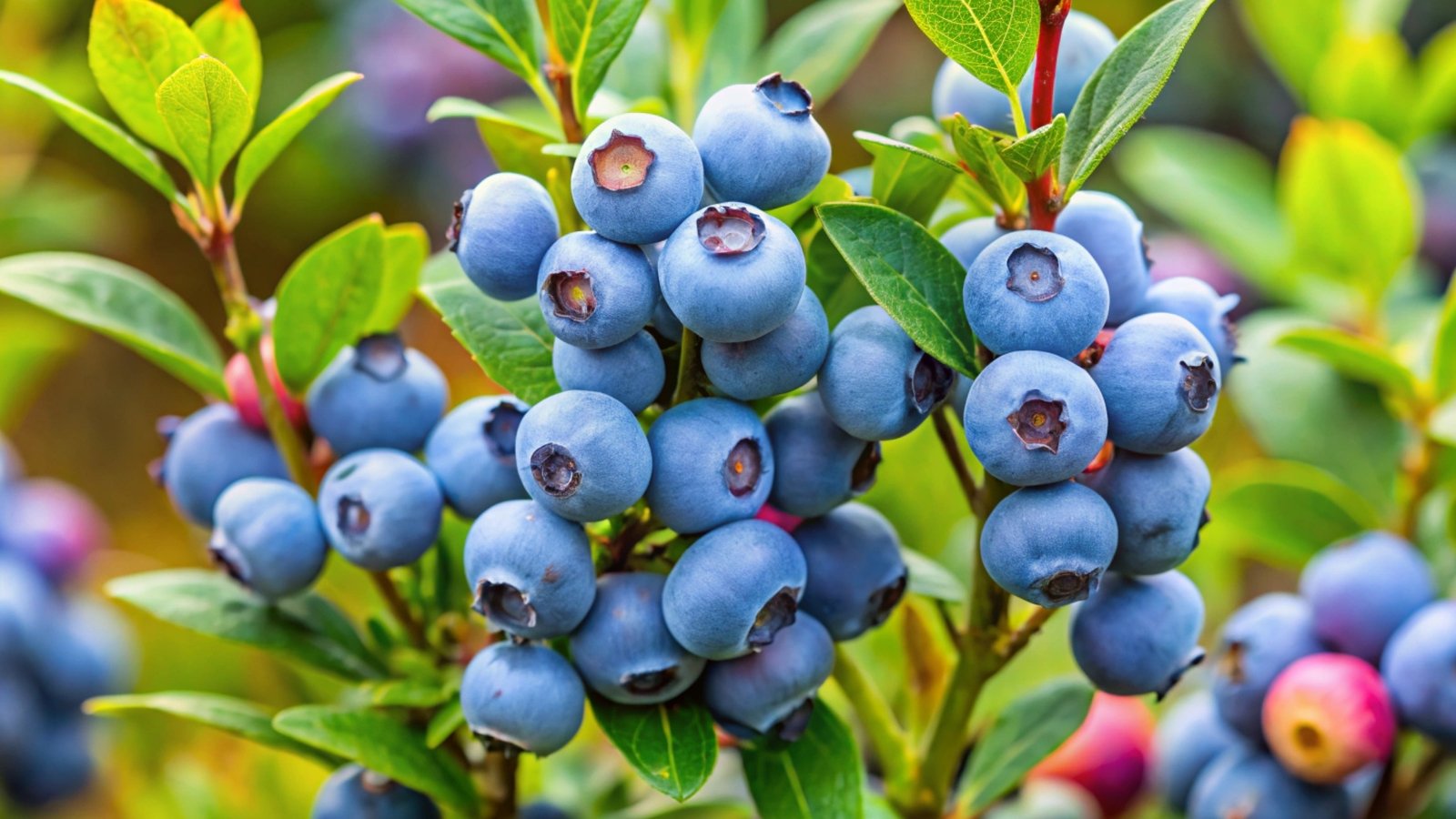[ad_1]
Fall is a season for planting, dividing, and harvesting. While you’re out working in your yard and yard, see you most likely have ample home for a model new shrub. Do you may have home for a giant shrub or solely a smaller, additional compact bush? Take note of the obtainable daylight and soil conditions that may help you choose the perfect new plant in your web site.
Now comes the pleasant half. By together with edible vegetation and fruiting shrubs to your yard, you’re creating an edible panorama. Edible landscaping makes use of a variety of timber, shrubs, and flowering vegetation. You’ll uncover a wealth of showy and engaging species that moreover present culinary price.
The berries themselves aren’t just for consuming, nonetheless. They supply rather more attraction. Berry bushes produce brightly colored fruits which could be extraordinarily ornamental. The berries current a meals provide in your feathered buddies and assist a thriving bird-friendly panorama. Most berry bushes moreover produce showy flowers and entice pollinators and completely different helpful bugs.
Sooner than we begin, it should be well-known that these in colder zones should await the soil to warmth to plant new shrubs. At this stage, zones 2-4 have already seen their first frost, and may be in a season the place freezing local weather is fixed. Hotter zones nonetheless have a great deal of time to plant. Always assure there are a minimal of some frost-free weeks sooner than together with plantings to your yard.
Let’s get all the best way all the way down to enterprise and dig correct in. Seize your gardening gloves and a spade and let’s check out some acquainted, and some a lot much less well-known, fruiting shrubs in your panorama.
Blackberry
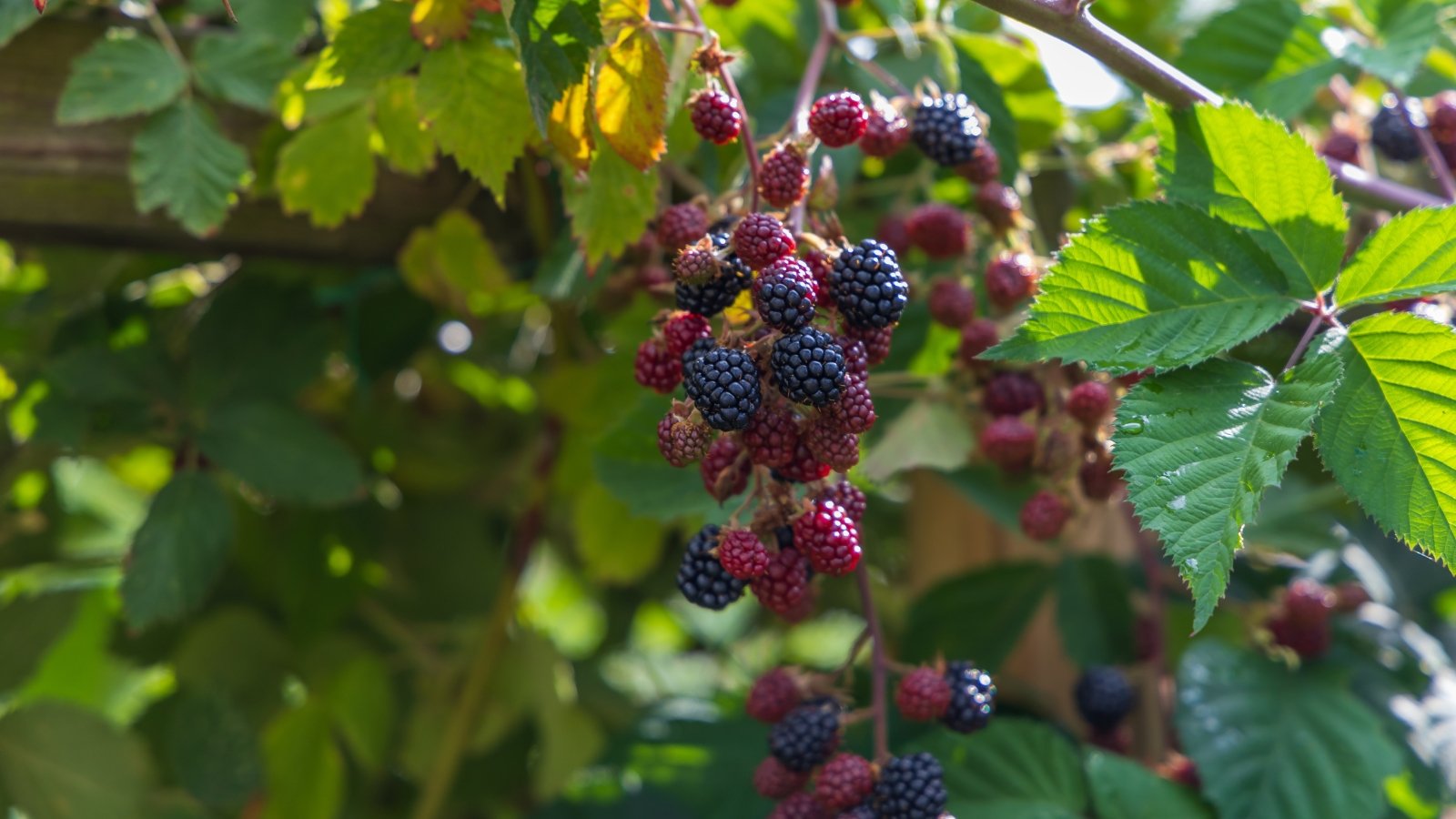

Everytime you contemplate a blackberry plant, you may take into consideration a mass of vegetation forming an impassable thorny thicket. Fortunately, trendy breeding purposes have created a big assortment of blackberry cultivars. A lot of these varieties are thornless and have huge, delicious berries.
Blackberry vegetation are categorized in quite a lot of strategies. Improvement habits embrace trailing, semi-trailing, and erect varieties. Stems may be thorny or thornless. Fruits are each single-crop or double-crop, the latter producing two fruit crops in a single season.
It’s a must to some home to develop blackberries. These vegetation can sprawl and kind thickets and may ought to be generally pruned for optimum growth and manufacturing. Nevertheless for many who love modern juicy blackberries, it could be effectively well worth the effort!
Blueberry
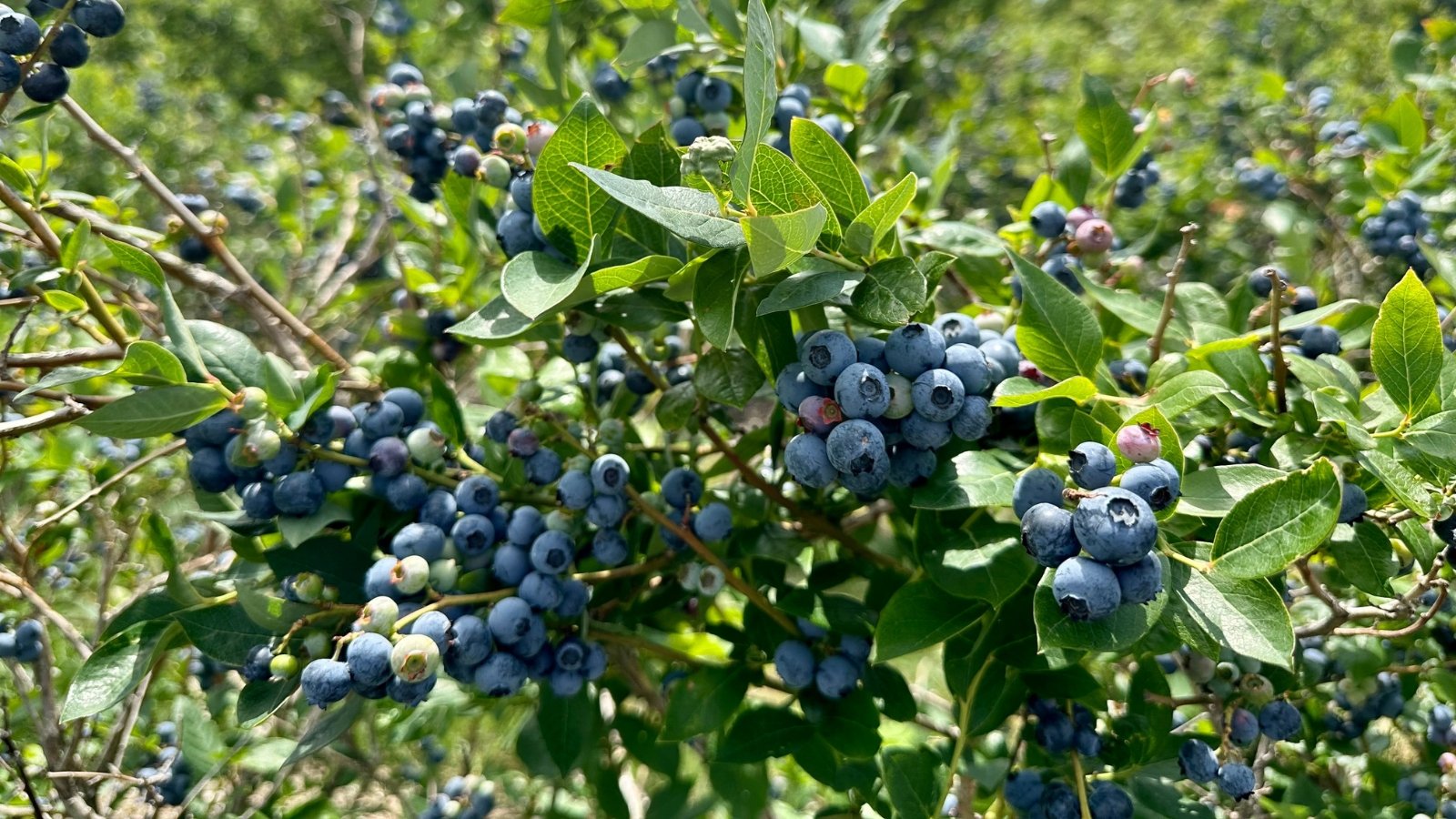

Blueberry fruits are prolific, nutritious, delicious, and irresistible! And the great data is which you’ll be able to develop your private. Blueberry bushes bloom inside the spring and their small, bell-like flowers entice fairly a number of pollinators. Within the summertime, you’ll be harvesting handfuls of tasty blue fruits to benefit from modern, baked, preserved, or frozen. Blueberry bushes even have beautiful fall foliage that lights up your panorama with wise shades of crimson.
There are quite a few blueberry varieties and cultivars. Highbush blueberry varieties (V. corymbosum) generally develop six to 12 toes tall, whereas lowbush blueberries (V. angustifolium) not typically attain above two toes. Rabbiteye blueberries (V. ashei) attain a whopping 15 toes tall, and half-high varieties are a hybrid between highbush and lowbush.
When selecting a blueberry to develop in your yard, seek for compatibility. All blueberries respect full photo voltaic and rich soil that’s every moist and well-drained, with a pH between 3.8 and 5.5. These bushy shrubs differ of their measurement and native climate tolerance. Plant a minimal of two utterly completely different varieties for the perfect berry manufacturing.
Buffaloberry


The buffaloberry is a deciduous shrub native to the western and central United States and Canada. It should most likely develop densely and kind thickets so it actually works correctly in an even bigger naturalized area. In some other case, be able to prune it generally or use it as a wildlife-friendly hedge.
This native plant tolerates all types of photo voltaic and soil conditions, along with poor, dry soil and occasional flooding. Buffaloberry is simple to develop and produces huge clusters of shiny candy-red fruits. Birds will stop by to feast on these showy nevertheless tart fruits and likewise you’ll get to reap any leftover fruits to make jams, jellies, and pies.
Cranberry
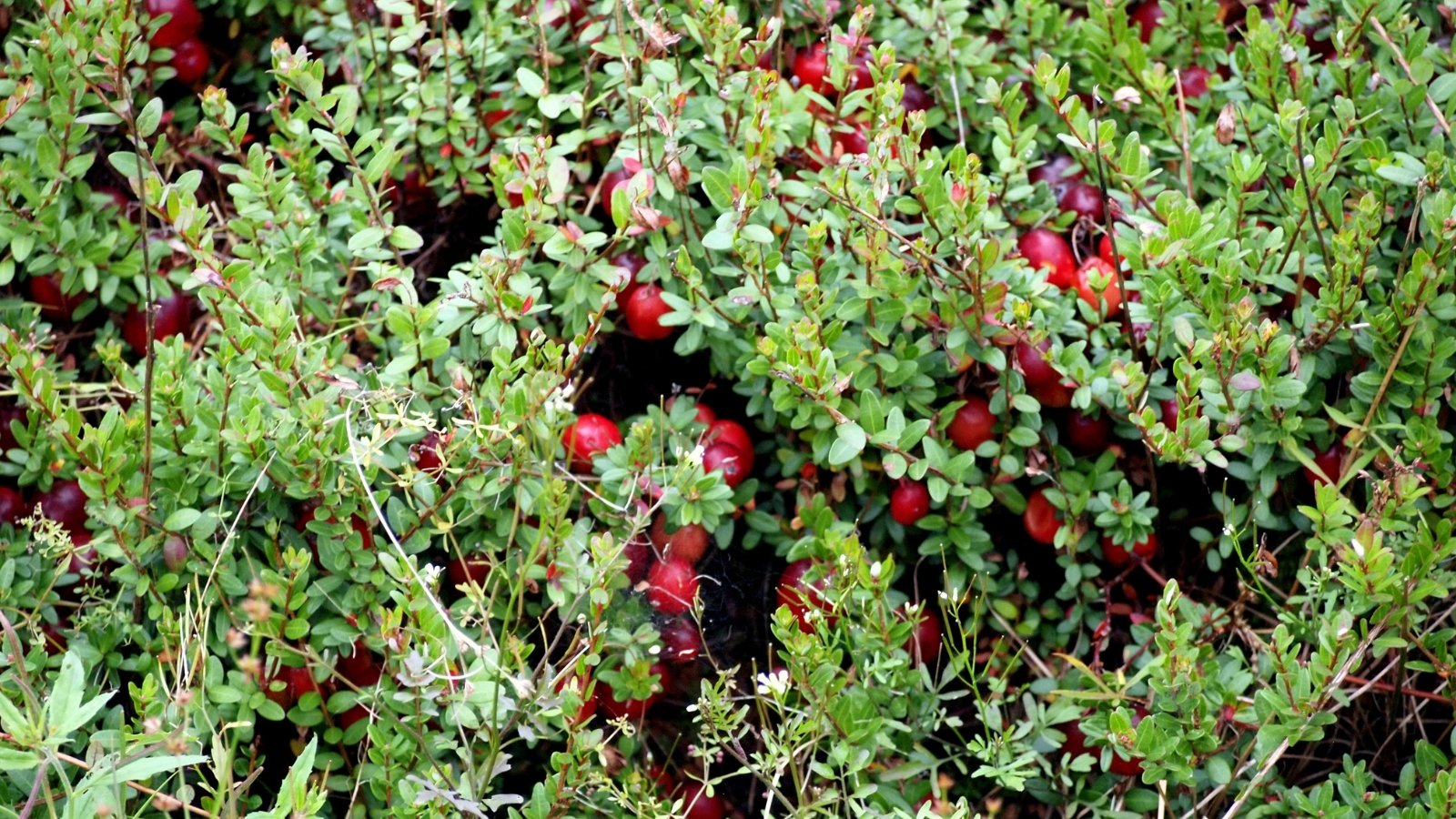

Most yards perhaps obtained’t naturally assist cranberry bushes, nevertheless for many who can current wonderful conditions for these native shrubs, what a take care of! Cranberries are native to northeastern North America, the place they develop in cool, boggy conditions. They require a low soil pH of 4.0-5.2 and constantly moist to moist soil.
Cranberry shrubs are broadleaf evergreens with small, oval, leathery leaves. They bloom inside the spring. Their star-shaped white or pink flowers have recurved petals and entice low-flying pollinators.
The darkish maroon-red berries mature from late summer season season by way of mid-fall. Birds and completely different small animals relish the fruits, and you may, too. Develop quite a lot of cranberry shrubs collectively to make a stunning ground cowl and enhance fruit manufacturing.
Elderberry
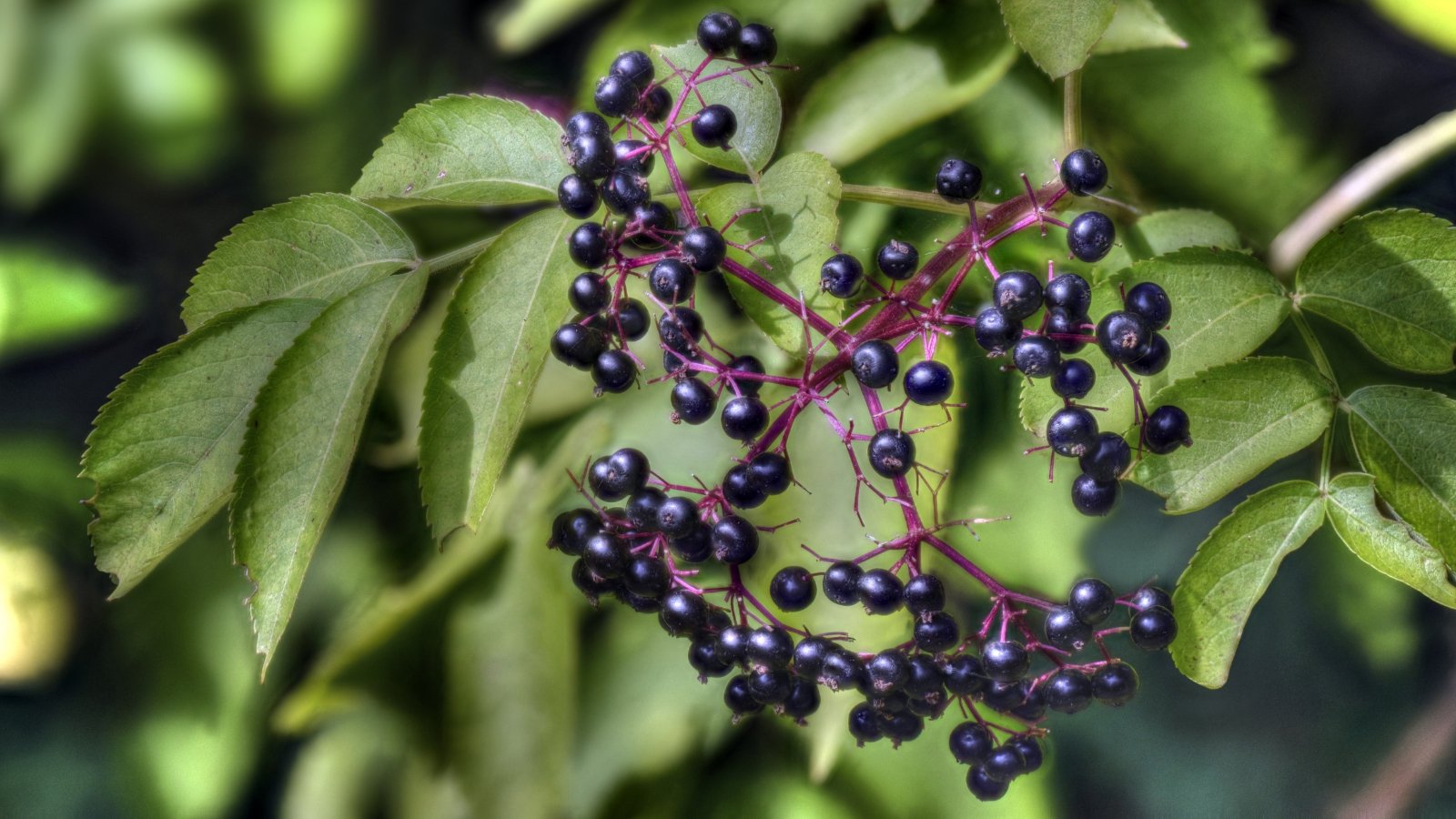

Elderberry may be best acknowledged for its effectively being benefits. This tall, vigorous shrub is native to a variety of moist habitats all by central and japanese North America. Elderberry is best grown in a naturalized wetland setting alongside the sting of a pond or stream, or as an even bigger hedge border, the place its root suckers can sort a dense colony.
Elderberry vegetation bloom inside the spring. Their clusters of creamy white flowers are very showy and entice fairly a number of pollinators. The elderberry fruits ripen within the summertime and fall, attracting hungry songbirds that feast on the darkish purplish-black berries. The fruits are edible when cooked and could be utilized for pies, baked objects, jams, and jellies.
Gooseberry
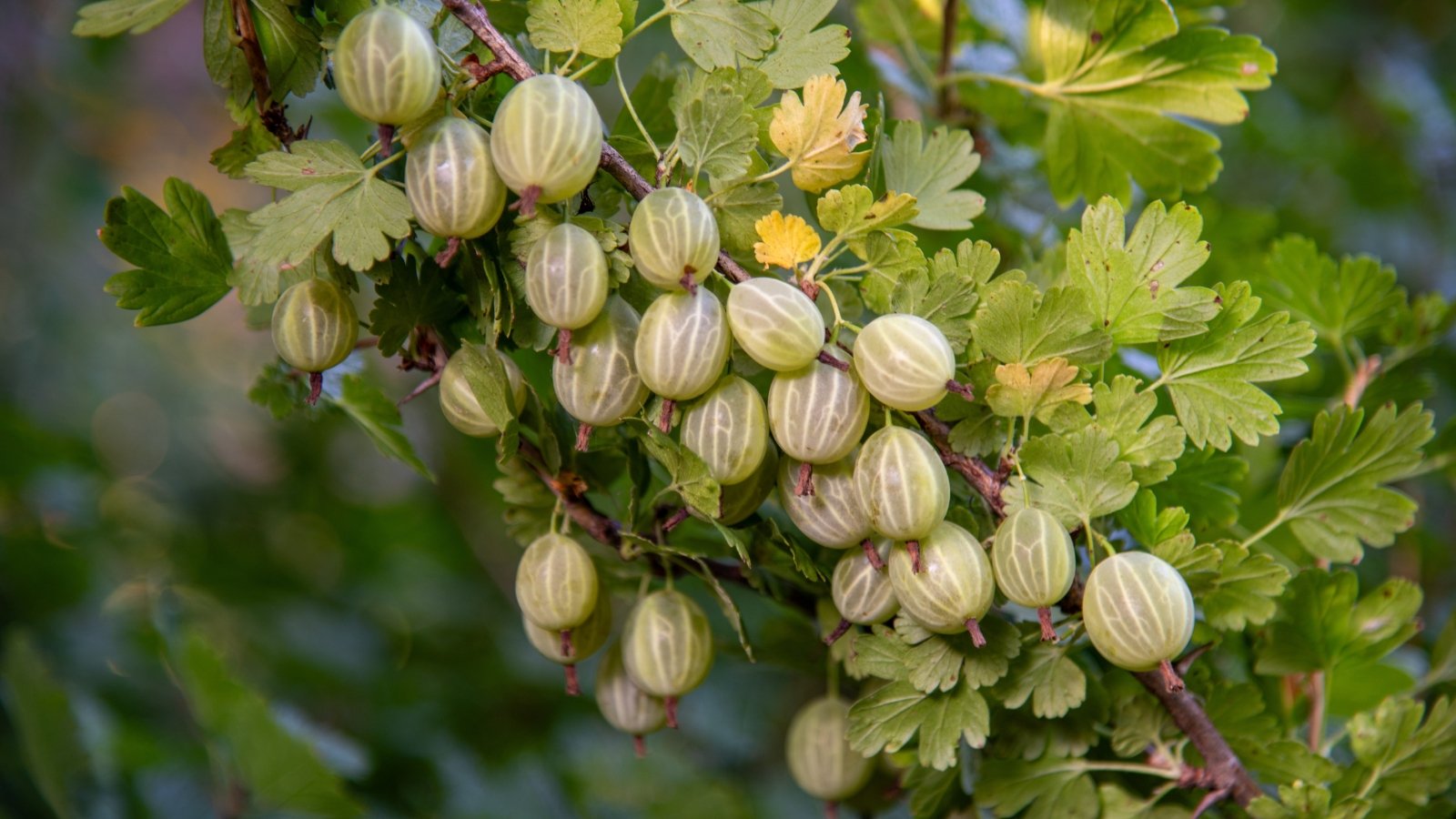

Gooseberries are fascinating fruits with a tart style and vibrant skins. As a landscaping shrub, they’re pretty ornamental, with engaging foliage and showy fruits. Gooseberries are spherical, concerning the similar measurement as blueberries, and could be inexperienced, crimson, pink, or purple when ripe. They’re tart nevertheless tasty and make good jams.
Gooseberries are native to the north-central and northeastern United States and Canada. There are moreover European, South American, and African species. Most gooseberries that you simply simply’ll uncover commercially could be cultivars. Choose a disease-resistant choice and remember to’re permitted to develop gooseberries in your space. These vegetation are a quantity for white pine blister rust and may be restricted in some states.
Evergreen Huckleberry
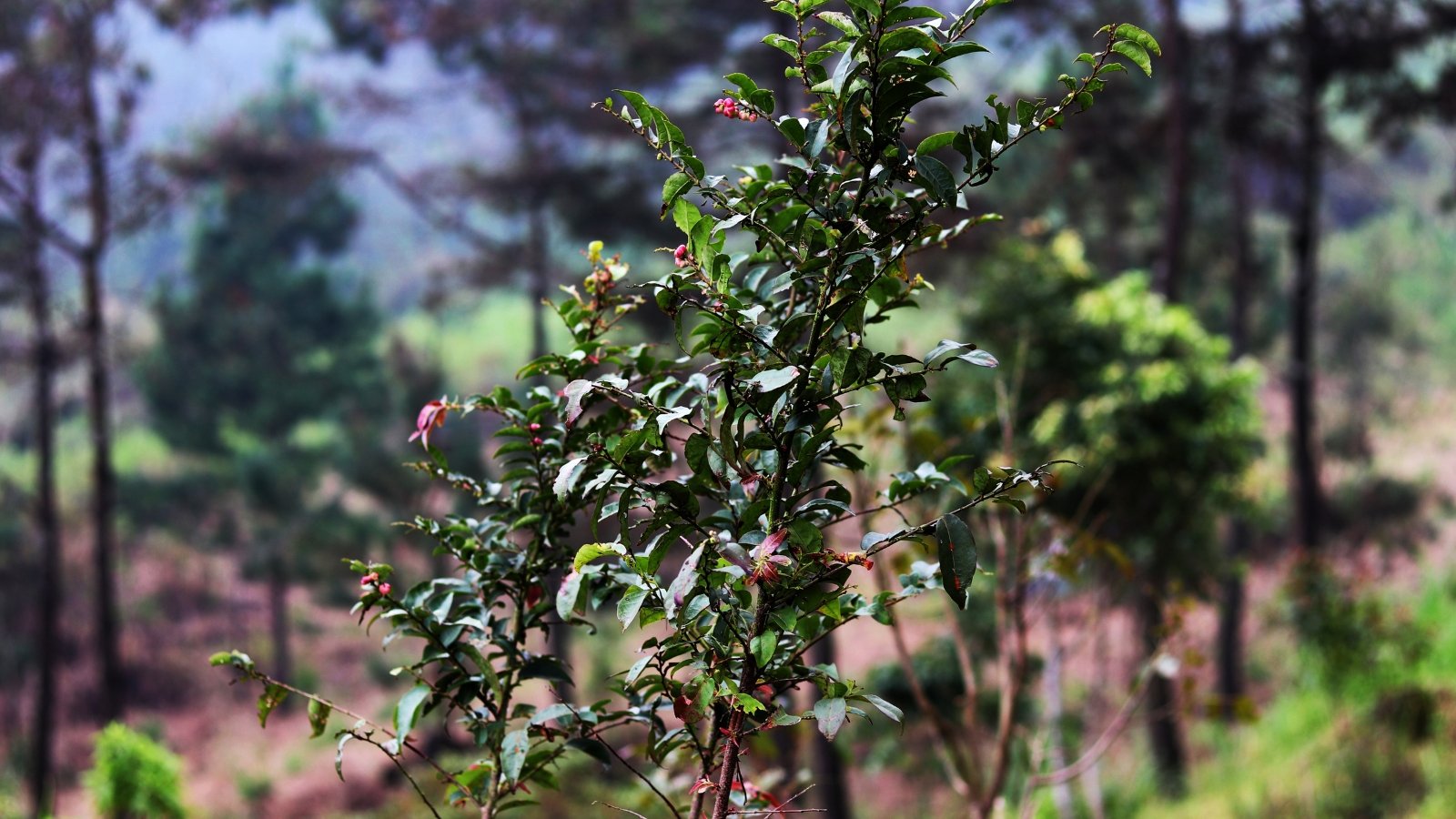

Evergreen huckleberry, additionally known as California huckleberry, is a compact shrub native to the Pacific coast of North America from Canada south to California. That’s an attention-grabbing landscaping shrub for {{a partially}} shaded location or for use as a shrub border. Use it in your wildlife yard to attract butterflies, bees, and hummingbirds. Huckleberry requires moist, nutrient-rich, acidic, well-drained soil.
In zones 5 and 6, this huckleberry may lose its leaves for the winter, nevertheless in zones 6 by way of 8, the leaves tend to stay evergreen. Inside the springtime, when modern growth resumes, new leaves emerge tinged with crimson, altering to shiny inexperienced as they mature. Small, white to pink bell-like flowers bloom inside the springtime, adopted by darkish purple-black berries. The berries are sweet and delicious when eaten modern or baked into pies. Moreover they make fantastic fruit preserves.
Lingonberry
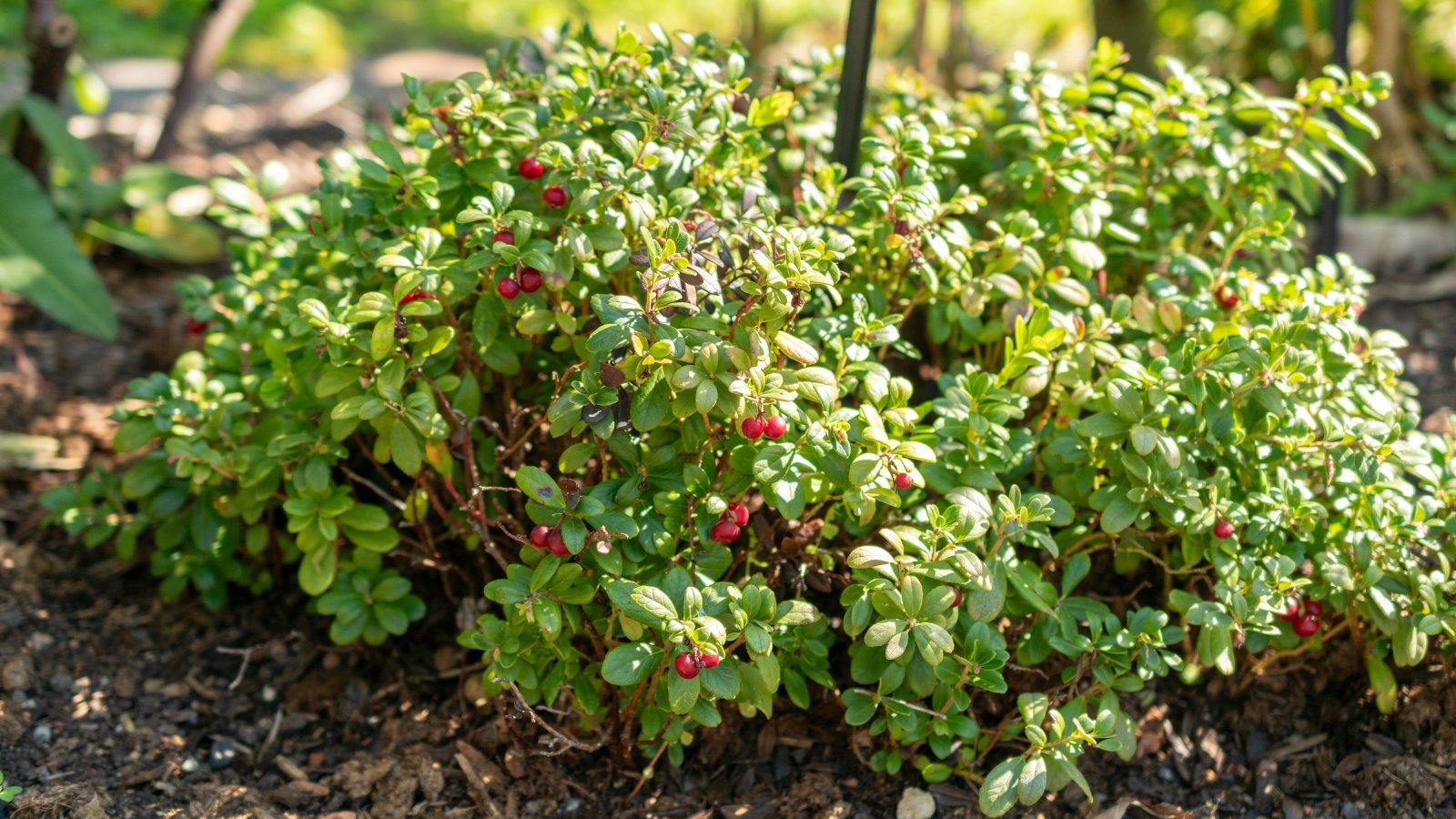

How a number of fruit-producing shrub that makes a wonderful ground cowl? Lingonberry is a creeping, woody, evergreen shrub that not typically grows over one foot tall. They’re native to the northeast and north-central United States and all by Canada. As a landscaping plant, it prefers cooler, humid climates and obtained’t tolerate heat and humidity.
Lingonberry is a beautiful small shrub. Its bell-shaped pink or white flowers bloom in late spring and early summer season season, attracting low-flying pollinators. The sweet-tart berries mature in late summer season season and early fall, nevertheless get sweeter with time, so delay harvesting them as long as you presumably can. Birds moreover profit from the berries, making this a welcome plant in your wildlife and chook yard.
Raspberry
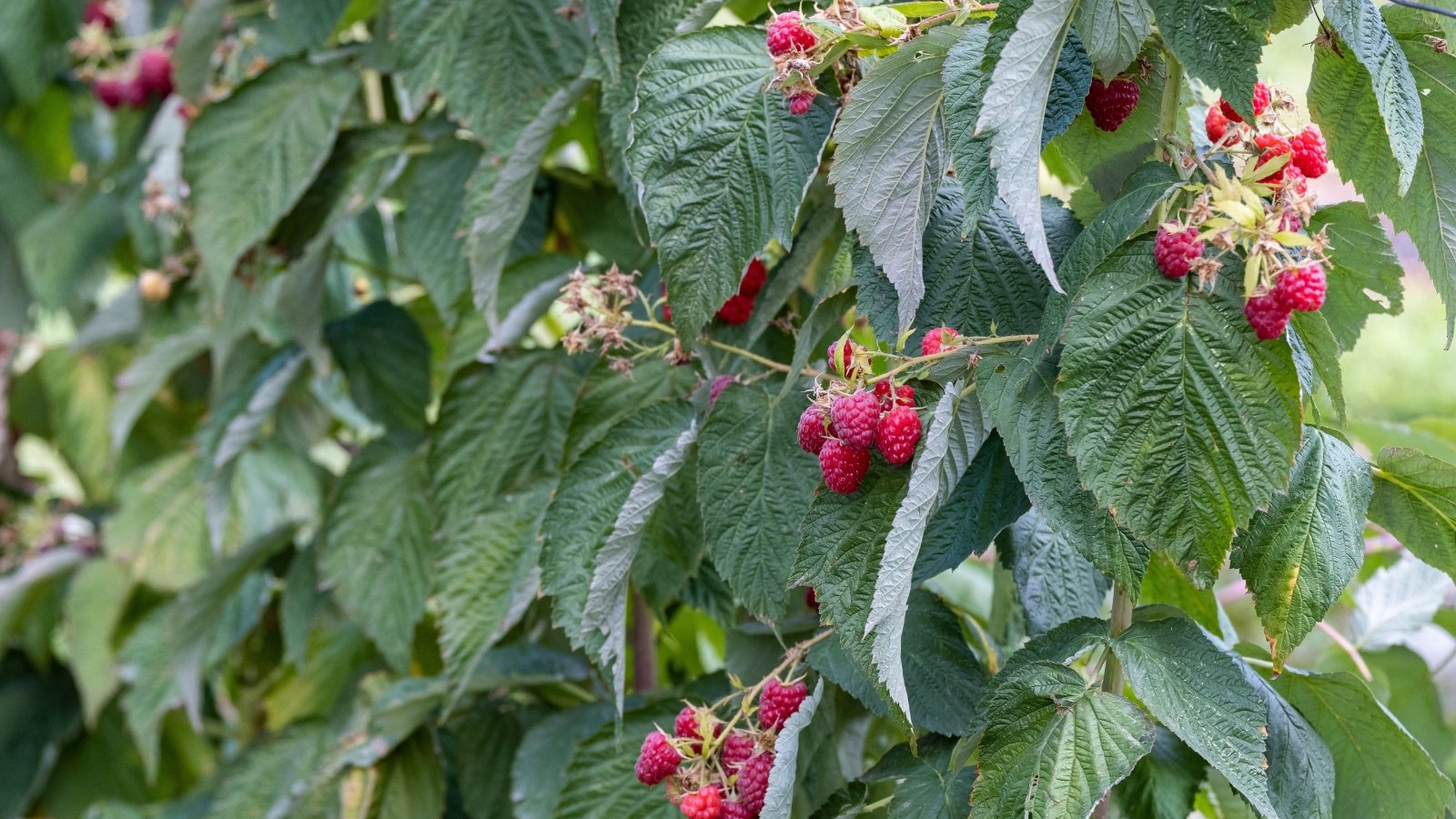

Mmmmmm, what a take care of—sweet, crimson raspberries picked and eaten modern from the plant. Whenever you prefer to eat raspberries, you’ll moreover prefer to develop them. Seek for a commercially obtainable cultivar that’s hardy in your zone and offers it some home to unfold proper right into a shrubby sort. Seek for a thornless choice for many who obtained’t want to concern about being poked whereas selecting the tasty fruits.
Raspberry vegetation bloom inside the spring. Some may develop a second set of blooms in summer season season for a second harvest in fall. Their flowers may be white, pink, or pale purple, and pollinators love them. With pollination comes fruits. The delicious and showy fruits ripen inside the warmth days of summer season season. Birds will come to feast in your crop, nevertheless hopefully, they’ll depart ample so that you could benefit from as correctly.
Crimson-Flowering Currant
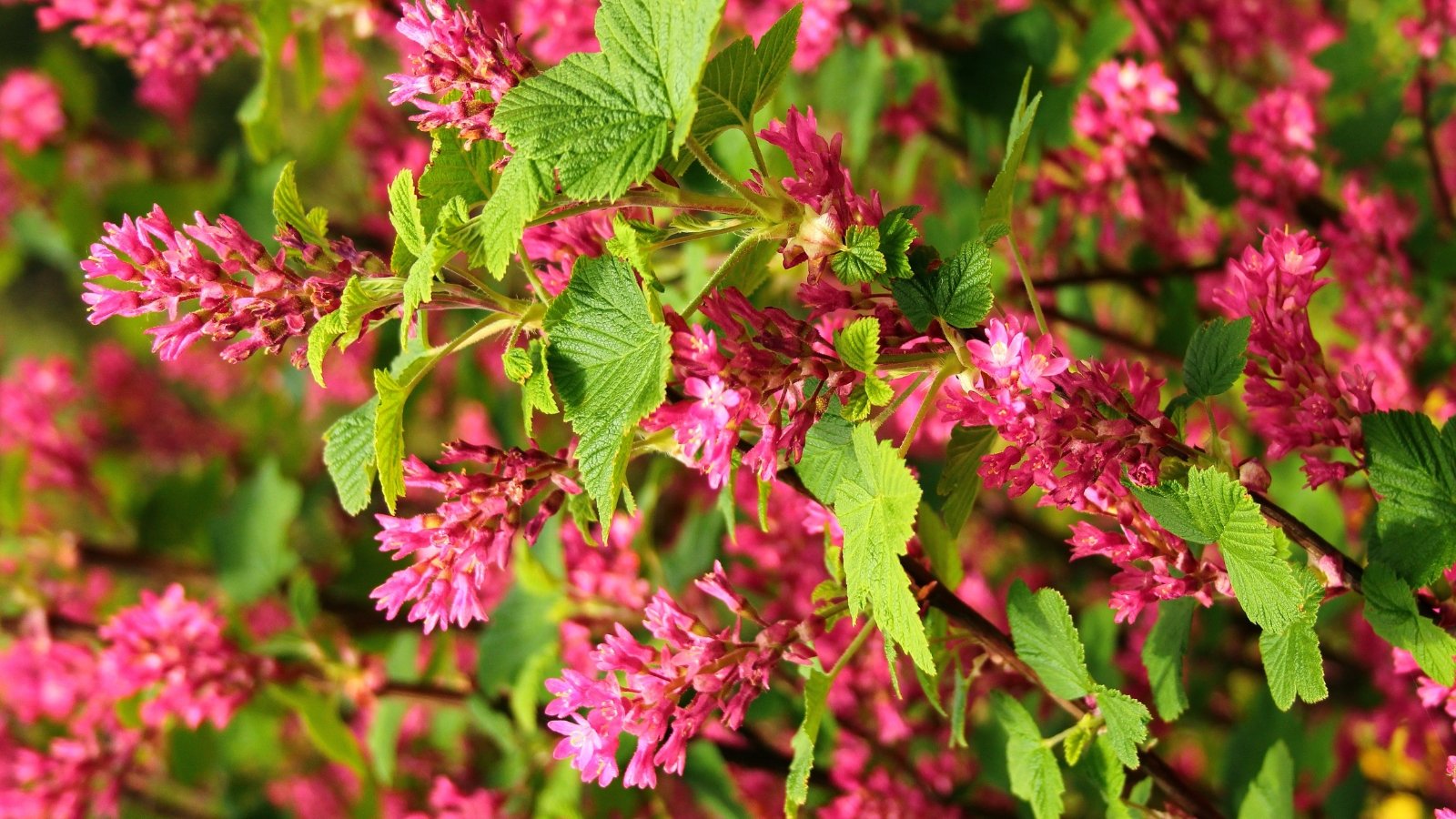

The red-flowering currant is a deciduous shrub native to the Pacific Northwest. Currant vegetation, along with the crimson flowering currant, are acknowledged hosts for the white pine blister rust, a sickness lethal to positive pine species. Resulting from this truth, currants and gooseberries are prohibited in some japanese states. Sooner than rising a currant inside the japanese states, make certain that your county and state permit the cultivation of these vegetation.
Whenever you happen to remain alongside the Pacific coast or western states, nonetheless, benefit from your currants! These are engaging shrubs that produce an abundance of tart berries. The red-flowering currant has beautiful pink or crimson flowers that hummingbirds and pollinators adore. The fruits are eaten by birds and a variety of various small animals. Everytime you harvest your private, consider using them to make delicious jams and jellies.
Salal Berry
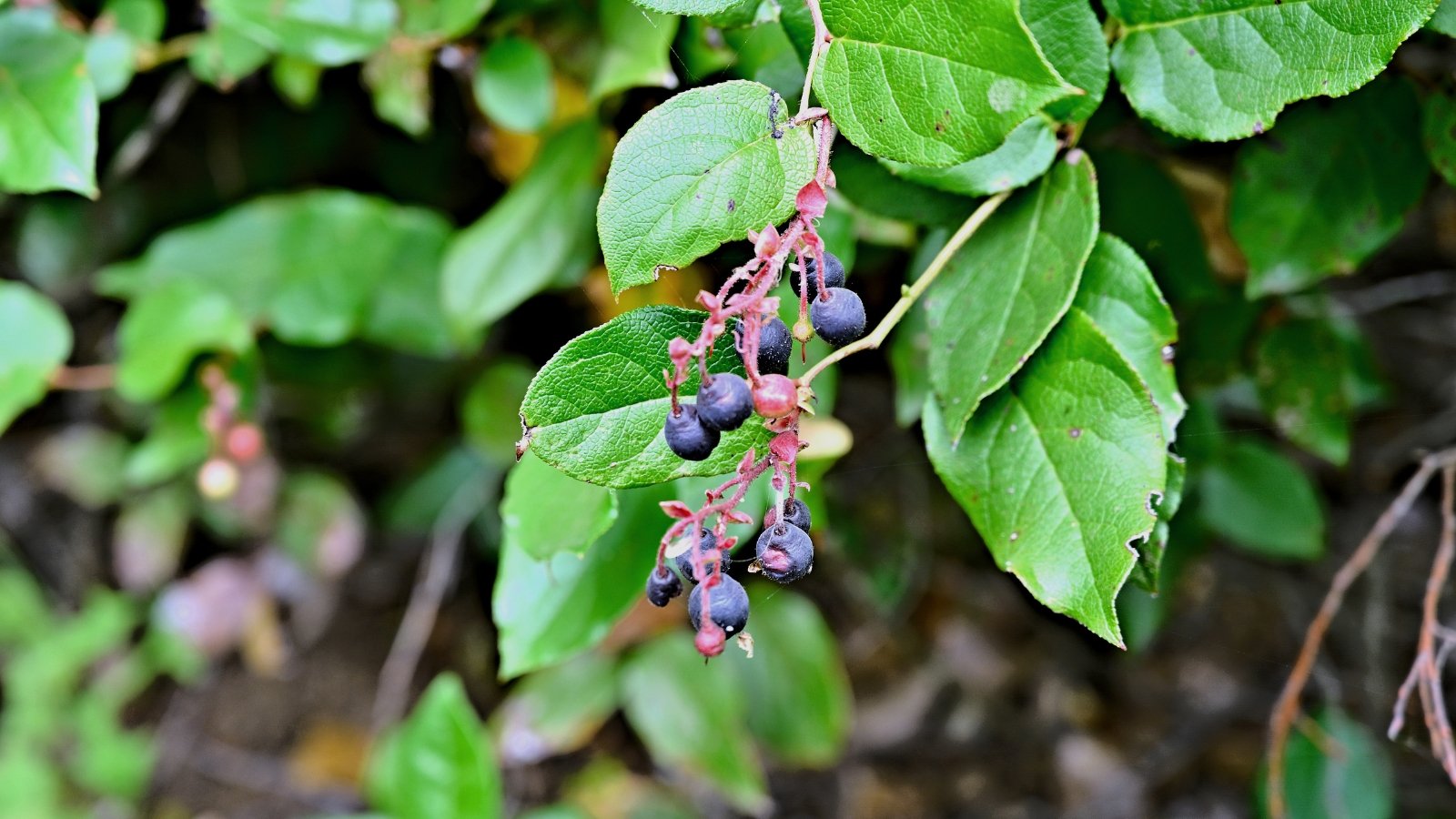

Salal berry is a small, shade-loving evergreen shrub. It is native to the western United States and Canada. Use it as a ground cowl in your native plant yard inside the Pacific Northwest, or use it to attract wildlife to your woodland yard. This hardy shrub prefers cool, moist summers and acidic soil.
Salal berry has strong, leathery, evergreen foliage. The broad leaves current a great deal of year-round curiosity as an understory or shade plant. Its bell-like white flowers sort on pink flowering stems and bloom inside the springtime. The fruits ripen from inexperienced to deep, darkish, purple-black, and significantly resemble rounded to barely elongated, bushy blueberries. Benefit from these sweet berries modern or baked into your favorite pie.
Salmonberry


Proper right here’s an area berry-producing shrub from the Pacific Northwest. Salmonberry grows in moist forests, thickets, and forest edges from Alaska south to California. Salmonberry shrubs will develop best on this space with a cool, moist native climate. It is going to be an attractive (and delicious) addition to your native shade yard.
Salmonberries are related to raspberries and blackberries and share the similar genus, Rubus. Their engaging pink flowers bloom inside the spring and are shortly adopted by salmon-orange thimble-like fruits. Acquire the fruits rigorously to steer clear of damaging them and luxuriate in them modern. Birds and pollinators will respect your salmonberry vegetation, notably as they unfold into greater thickets. Make sure you present these shrubs a great deal of home to unfold.
Thimbleberry


Thimbleberry is an area shrub from western North America. These vegetation are showy and easy to develop. Allow them a great deal of home to naturalize to sort a hedge wild thicket to attract birds and pollinators. Thimbleberry doesn’t have spines, so it’s comparatively simple to prune and protect your vegetation contained the place you want them.
Thimbleberry performs best in cooler native climate zones with cool summers. Its white flowers bloom inside the spring, supporting pollinators, along with native bees and butterflies. Its summer-bearing fruits are pinkish to shiny crimson and resemble raspberries. Take care of them very rigorously on account of they’re very fragile. Whereas pretty engaging, thimbleberries don’t have a really rich style, although they’re completely edible.
Incessantly Requested Questions
Fall is the correct time to plant berry bushes and completely different shrubs and timber. Get each factor inside the ground sooner than the underside freezes; this time will differ extensively counting on the place you reside and your regional native climate. Whenever you miss out on the autumn planting season, early spring is one different good time for transplanting new vegetation into your yard and yard.
Check out the USDA Plant Hardiness Zone map and be taught your zone. Choose from the gathering of vegetation which could be hardy in that zone. You’ll moreover want to match daylight requirements, soil drainage, soil moisture, and soil pH requirements. Everytime you select a plant that’s correctly tailor-made to the similar conditions obtainable in your yard, you’re setting your self up for achievement!
You obtained’t uncover every variety of berry bush everywhere, nevertheless for many who search around, you’ll perhaps uncover a very good variety of decisions. Take a look at your native yard services and plant nurseries. Native botanical gardens, arboretums, farmer’s markets, and yard golf tools are fantastic property for finding vegetation.
Yard golf tools typically present plant swaps and you may uncover members eager to propagate vegetation from their collections. Lastly, seek for revered on-line plant sellers. You’ll uncover an excellent assortment if you start making an attempt.
Certain! Seek for smaller, dwarf, and compact varieties which could be well-suited for container life. You obtained’t have the power to develop each factor in a container nevertheless you presumably can undoubtedly develop fairly a bit! Container gardening offers loads of versatility and potential to be ingenious when you’re gardening in a restricted home.
[ad_2]
Provide hyperlink
